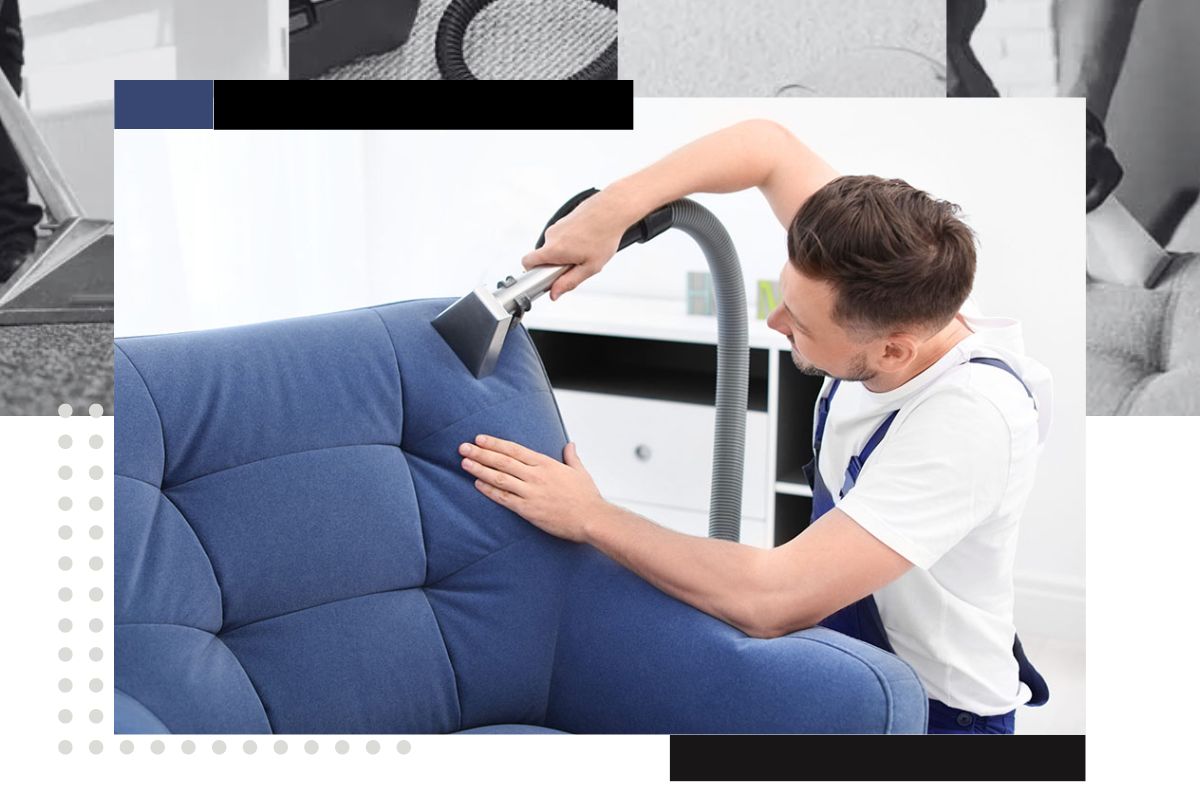Upholstery furniture plays a crucial role in creating a comfortable and inviting living space. Nonetheless, lacking proper care, your beloved chairs and sofas can become soiled, dirty, and even smelly over time. This is where upholstery cleaning comes in; it not just enhances the aesthetic appeal of your furniture but also contributes to a healthier living environment. Whether you are a seasoned homeowner looking for tips or a newcomer wanting to keep your pieces in top shape, understanding upholstery cleaning is essential.
In this article, we will provide professional insights and useful hacks to help you tackle common upholstery issues. From learning about different cleaning methods to recognizing the best products for stubborn stains, we have got you covered. We will explore everything from regular maintenance to the science behind professional cleaning, ensuring that your furniture remains vibrant and durable for years to come. Let’s dive into the definitive guide to upholstery cleaning and uncover efficient techniques that every homeowner should know.
Typical Furniture Spots and Solutions
Upholstery can quickly be susceptible to a host of stains, and understanding how to manage them can create a significant change in maintaining the beauty of your furniture. One of the most common stains you might encounter is spills from food and beverages, such as coffee or grape juice. For these, immediately pat the area with a clean, non-wet towel to take in as much moisture as you are able. After blotting, mix a solution of soft dish soap and tepid water, then lightly rub the target area with a gentle cloth until the stain lifts. Rinse with a wet cloth following this to remove any soapy remnants.
Another frequent issue is pet-related spots, which can include pee or prints from muddy paws. For urine, it is vital to take immediate action. Use paper towels to soak up any liquid, then clean the spot with a mixture of vinegar, water, and a small amount of dish soap. This not only helps in stain removal but also reduces scents. For https://mailfat14.werite.net/furnishing-journey-transforming-your-furniture-with-purity , allow the mud to dry before sweeping away the excess dirt and subsequently with a wet cloth to wipe the fabric.
Finally, oil spots from cuisine, oil, or even moisturizers can be particularly stubborn. To clean these, apply baking soda to the blemish and let it sit for a minimum of 15 minutes to absorb the oil. Then, gently remove the baking soda and handle the spot with a blend of lukewarm water and a small number of drops of dish soap. It’s vital to not soaking the fabric, so use a moistened cloth to administer the blend and then wash with another cloth wet in plain water. This method can effectively eliminate the stain and restore your furniture to its original condition.
Do-It-Yourself vs. Expert Upholstery Cleaning
When it comes to upholstery cleaning, householders often find themselves weighing the benefits of DIY methods against the expertise of expert services. DIY upholstery cleaning can be a cost-effective option, allowing you to tackle stains and dirt on your personal schedule. There are many available products and techniques, such as stain removal with soap and water or using steam cleaners. However, the effectiveness of these methods can differ significantly depending on the type of fabric and stain, leading to mixed results.
On the other hand, expert upholstery cleaning offers a level of expertise and equipment that is usually difficult to replicate at home. Professionals are trained to handle a wide range of fabrics and have access to powerful cleaning tools and eco-friendly solutions that can penetrate deep into the fibers. This not only ensures a thorough clean but also minimizes the risk of damaging delicate materials. Additional reading find that investing in professional cleaning services can extend the life of their furniture and maintain its appearance over time.
Ultimately, the decision between DIY and professional cleaning may depend on your particular needs, budget, and the condition of your upholstery. For minor stains and regular maintenance, DIY methods can be sufficient. However, for significant cleaning challenges, especially those requiring expert care, enlisting a service is often the best course of action. Consider your options carefully to make the choice that aligns with your upholstery care goals.

Upholstery Maintenance Suggestions for Durability
Maintaining your upholstery not only keeps it looking fresh but also prolongs its lifespan. Regular cleaning is crucial to remove dirt, debris, and particles that can damage fabric fibers over time. Make it a habit to clean upholstery once a week, paying particular attention to crevices and edges where grime tends to collect. For added safeguarding, consider using a material sealant that repels stains and spills, ensuring future maintenance simpler and more distracting.
Another crucial element of furniture care is addressing spills and marks immediately. Keep a set of non-toxic washing products on standby to easily tackle any accidents. Dab the stain carefully rather than scrubbing, as this can harm the fabric. For common marks, refer to reliable resources or expert guides for specific treatment recommendations to ensure you do not accidentally cause further damage to your upholstery.
In conclusion, consider the environment in which your upholstery is placed. Direct sunlight can fade colors over time, so try to place furniture away from strong sunlight or use window treatments to block damaging rays. Frequently flipping cushions can help avoid wear and tear and maintain their shape. By following these easy care tips, you can enjoy beautiful upholstery that lasts for years.
